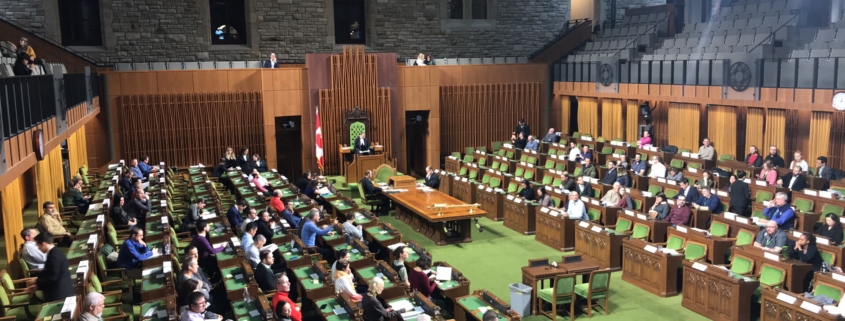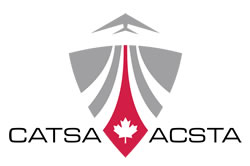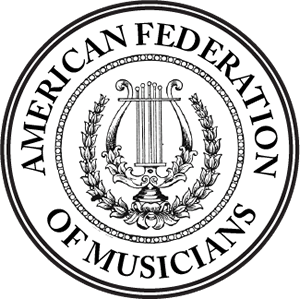CFM Written Submission for Federal Pre-Budget Consultations and Canadian Heritage
Submission for Federal Pre-Budget Consultation
- Recommendation 1 (CERB): That the government extend the CERB (Canada Emergency Response Benefit) until at least March 31, 2021, but preferably until all crowd prohibitions have been lifted and government allows live performance venues to reopen.
OR: That the government extend the CERB (as above) and restrict the extension to entertainment workers.
AND: That the government extend the CERB (under either of the above scenarios), and increase the $1,000 monthly non-penalized earnings, with a gradual claw-back of benefits, rather than termination of the benefit if the maximum earnings are exceeded. - Recommendation 2 (UBI): That the government implement a Universal Basic Income.
- Recommendation 3 (EI Expansion): That the government expand the Employment Insurance (EI) program to fully include the self-employed, both as contributors and recipients.
- Recommendation 4 (EI Extension): That the government extend EI Regular Benefits, on a temporary basis, past the maximum claim period by 4-week increments, until such time as government lifts all crowd prohibitions.
- Recommendation 5 (RRSPs): That the government allow Canadians with Registered Retirement Savings Plan (RRSP) accounts to make non-taxable, limited withdrawals and to repay these withdrawals over a defined period.
Submission to Canadian Heritage
Both sectors – The CERB was a lifesaver and could be used as an argument for the institution of a Universal Basic Income. A stable, reliable income is critical to a worker’s ability to create or support the creation of, any artistic endeavor.
Film and television is slowly reopening, but is being hindered because no insurer will provide coverage to film and TV producers without a COVID-19 exclusion. We are asking the government to support the CMPA’s (Canadian Media Production Association) proposal to provide a $100-million backstop for COVID-19-related insurance claims. Unlike traditional insurers, the federal government has an incentive to put people back to work and turn those receiving EI/CERB/CRB benefits into productive taxpayers.
We also strongly support the proposal submitted to Canadian Heritage by the MPA-Canada concerning a temporarily enhanced film tax credit, which would create more film jobs for Canadians by attracting increased foreign service production to the country.
Live performance will require much more support, and it must be two-pronged, covering both employees and venues/institutions. The $500 million fund from Canadian Heritage was much appreciated and has helped to keep venues from closing their doors permanently, but some of that funding was to be earmarked for arts workers. We have not seen much evidence that this has happened. Organizations should be required to provide detailed breakdowns of artist fees, demonstrating that they are at least equivalent to the industry-established baselines. As well, support will be needed to insure live performance, once crowds are allowed.
Government should also consider:
- Increasing funding to the Canada Council for the Arts and provincial arts bodies to allocate funds to arts organizations to assist them in attracting live audiences by using an organization’s previous years’ ticket sales averages as the eligibility criteria for funding amounts (i.e. providing funding equal to 50% of the average of the previous five years’ ticket sales so that the organization can reduce ticket prices and attract attendees.)
- Amending the Income Tax Act on a temporary basis so that live performance ticket purchases are treated as charitable donations for tax purposes for 2020 and 2021, and longer if necessary.
- Devising and implementing federal tax credit incentives for live performance similar to the tax credits that have given rise to record setting levels of film and television production across Canada.
- Working with stakeholders to design, implement and fund a national marketing campaign aimed at encouraging Canadians to return to the various arts and culture venues as patrons. Funding should also be allocated to provincial and municipal organizations to enable them to design more focused, localized campaigns.






